In memory of HRH Prince Philip, Duke of Edinburgh. (born Prince Philip of Greece and Denmark, 10 June 1921– 9 April 2021)
It was with great sorrow that we heard the news yesterday afternoon of the passing of HRH The Duke of Edinburgh, born Prince of Greece and Denmark.. Yesterday the world lost a great man. Great-Britain lost a patriot, the Commonwealth lost a servent, the royal family lost its husband and father and Greece lost a great Prince.
Steadfast and loyal he served the Crown with selfless devotion and leaves behind an amazing legacy. He will be missed.
His Royal Highness passed away peacefully yesterday morning at Windsor Castle. The Royal Family join with people around the world in mourning his loss.
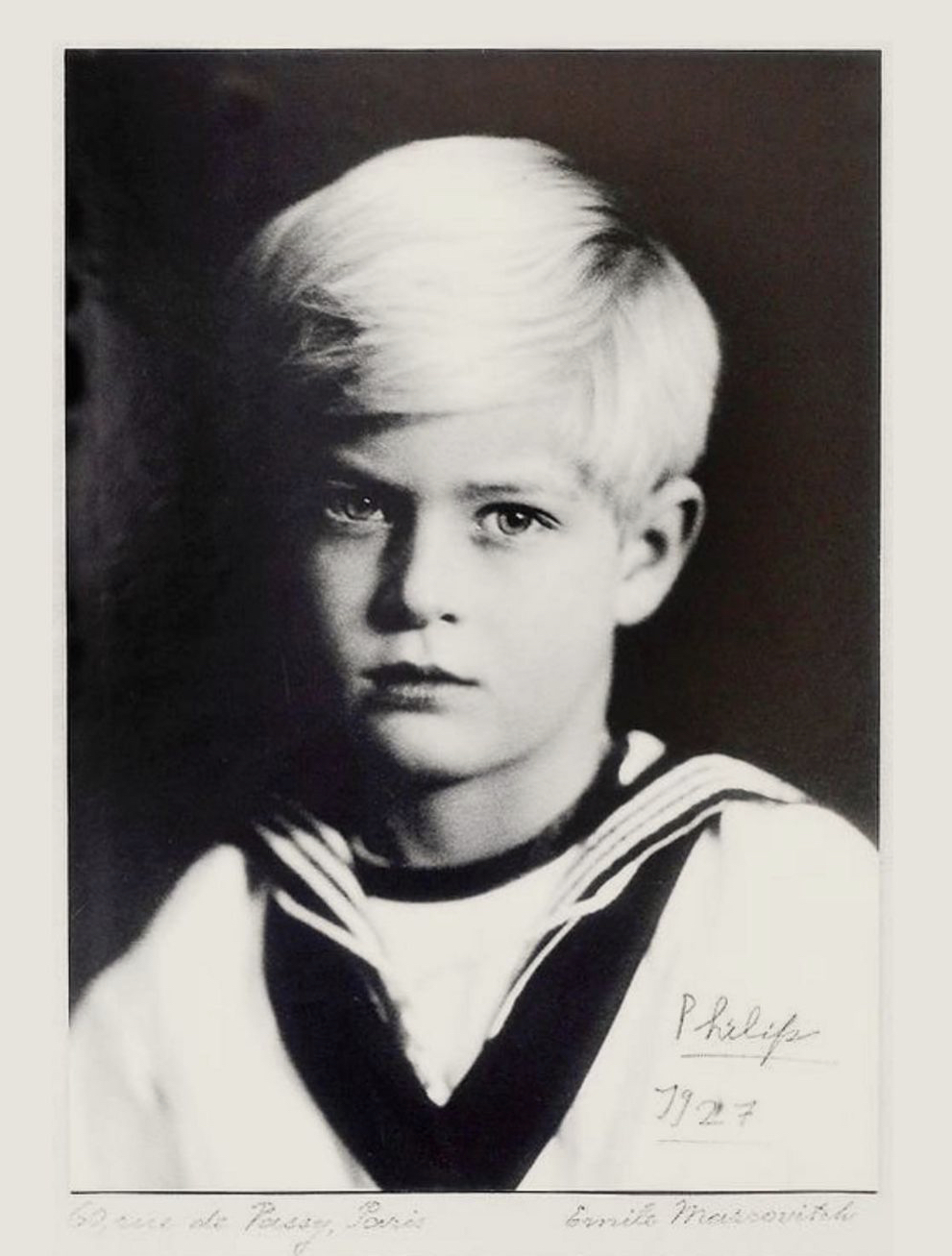
Philip was born into the Greek and Danish royal families. He was born in Mon Repos Palace in Corfu Greece, on 10 June 1921, the only son and fifth and final child of Prince Andrew of Greece and Denmark and Princess Alice of Battenberg.
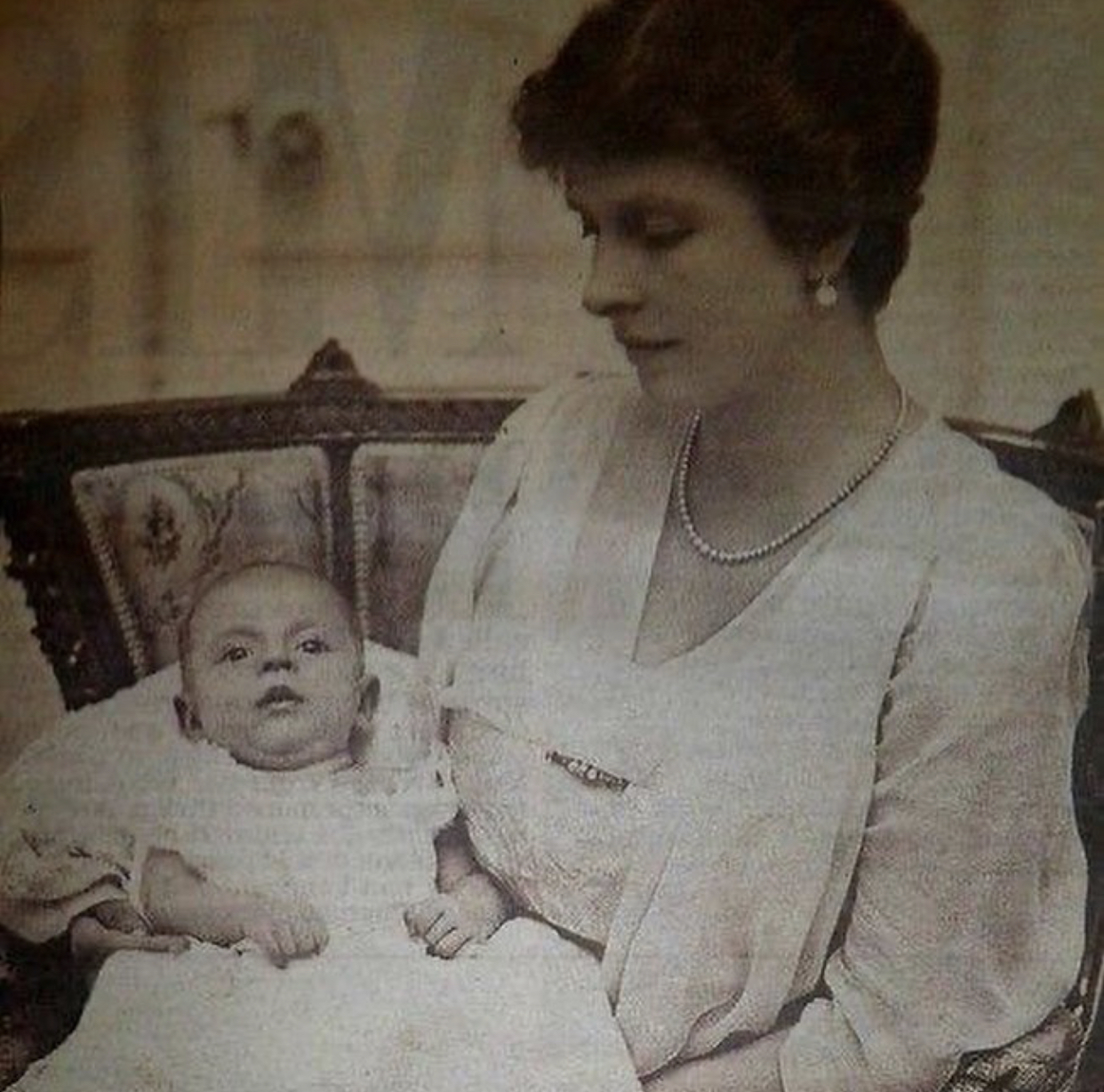
The newborn Prince Philip with his mother Princess Alice of Battenberg
A member of the House of Glücksburg, the ruling house of Denmark, he was a prince of both Greece and Denmark by virtue of his patrilineal descent from George I of Greece and Christian IX of Denmark, and he was from birth in the line of succession to both thrones.
Philip’s four elder sisters were Margarita, Theodora, Cecilie, and Sophie. He was baptised in the Greek Orthodox rite at St. George’s Church in the Old Fortress in Corfu.
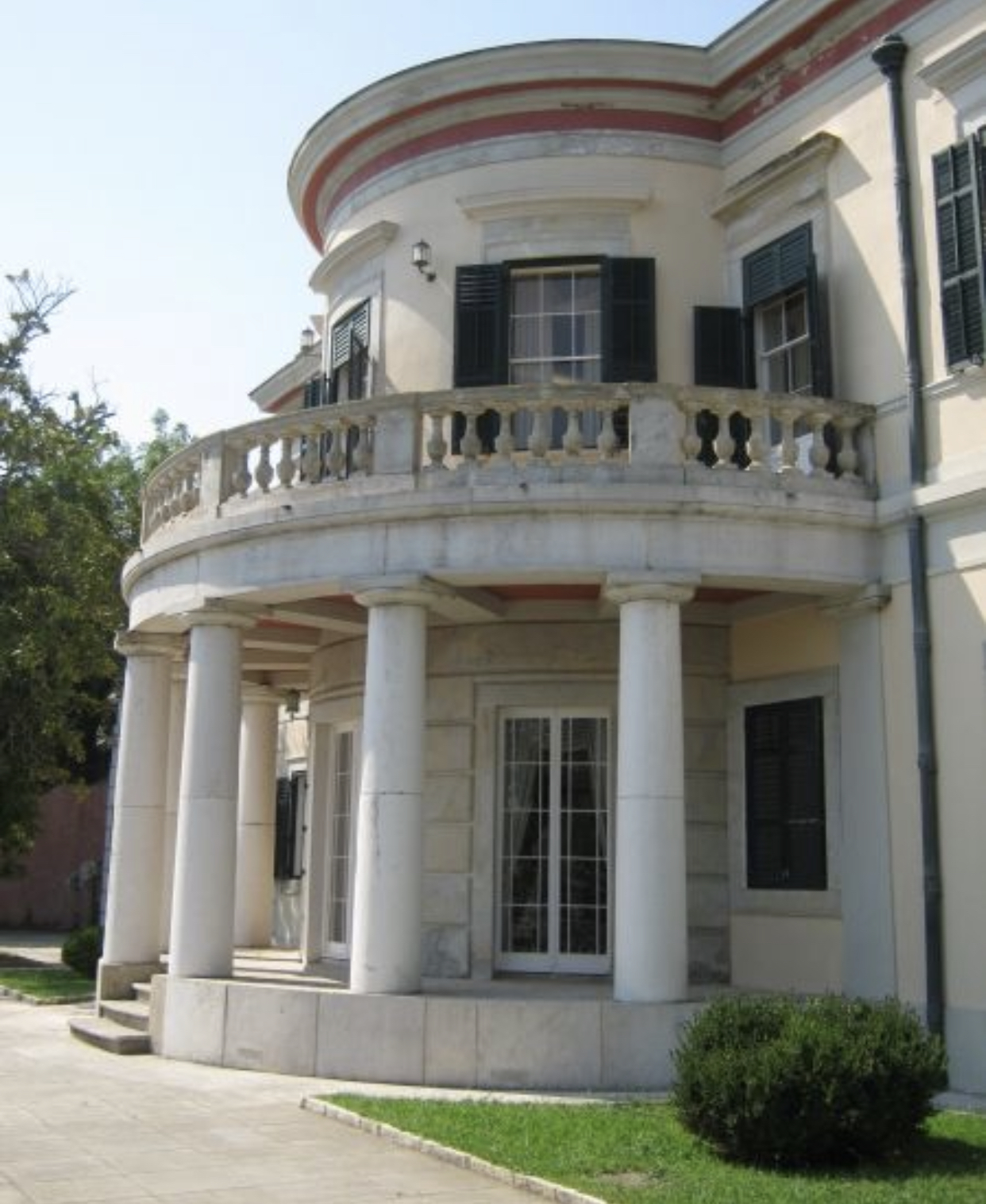
Mon Repos , Corfu
Unfortunately his family was exiled from the country when he was eighteen months old. After being educated in France, Germany and the United Kingdom, he joined the British Royal Navy in 1939, aged 18. From July 1939, he began corresponding with the thirteen-year-old Princess Elizabeth, whom he had first met in 1934. During the Second World War he served with distinction in the Mediterranean and Pacific Fleets.
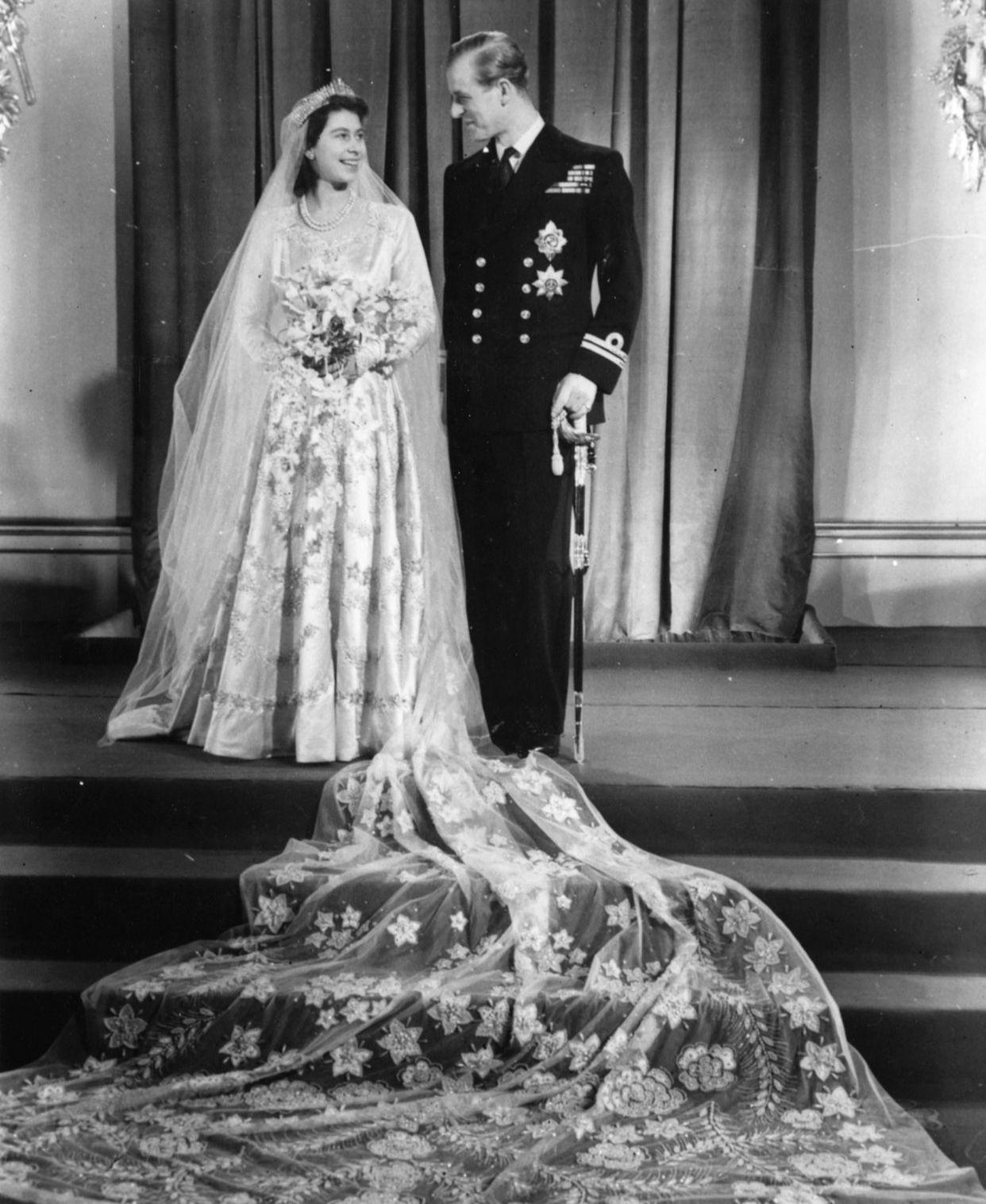
After the war, Philip was granted permission by George VI to marry Elizabeth. Before the official announcement of their engagement in July 1947, he abandoned his Greek and Danish titles and styles, became a naturalised British subject, and adopted his maternal grandparents’ surname Mountbatten. He married Elizabeth on 20 November 1947. Just before the wedding, he was granted the style His Royal Highness and created Duke of Edinburgh, Earl of Merioneth, and Baron Greenwich by King George VI. Philip left active military service when Elizabeth became queen in 1952, having reached the rank of commander, and was made a British prince in 1957.
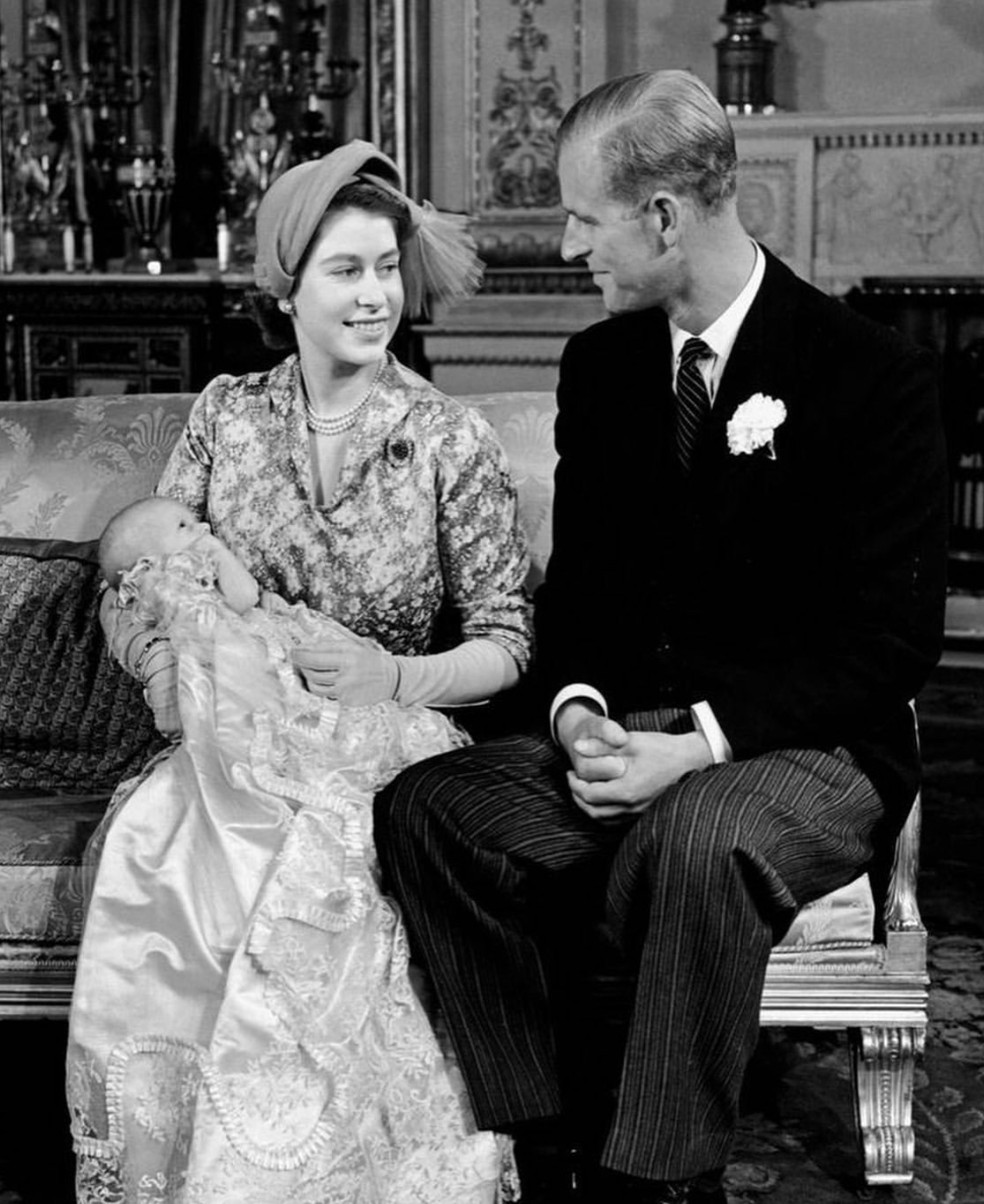
Philip had four children with Elizabeth: Charles, Prince of Wales; Anne, Princess Royal; Prince Andrew, Duke of York; and Prince Edward, Earl of Wessex. Through a British Order in Council issued in 1960, descendants of the couple not bearing royal styles and titles can use the surname Mountbatten-Windsor, which has also been used by some members of the royal family who do hold titles, such as Anne, Andrew and Edward.
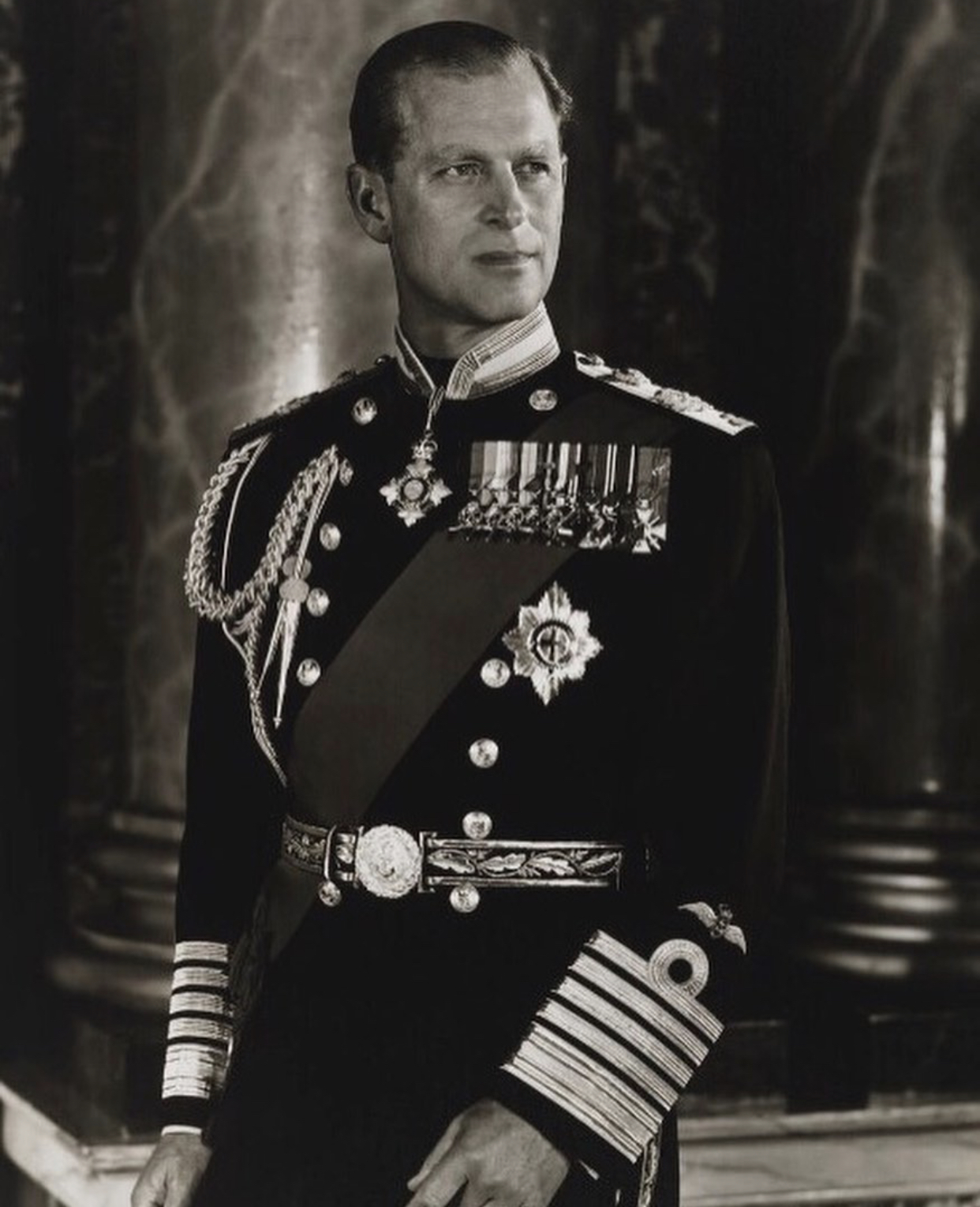
A sports enthusiast, Philip helped develop the equestrian event of carriage driving. He was a patron, president or member of over 780 organisations, and he served as chairman of The Duke of Edinburgh’s Award, a self-improvement program for young people aged 14 to 24.
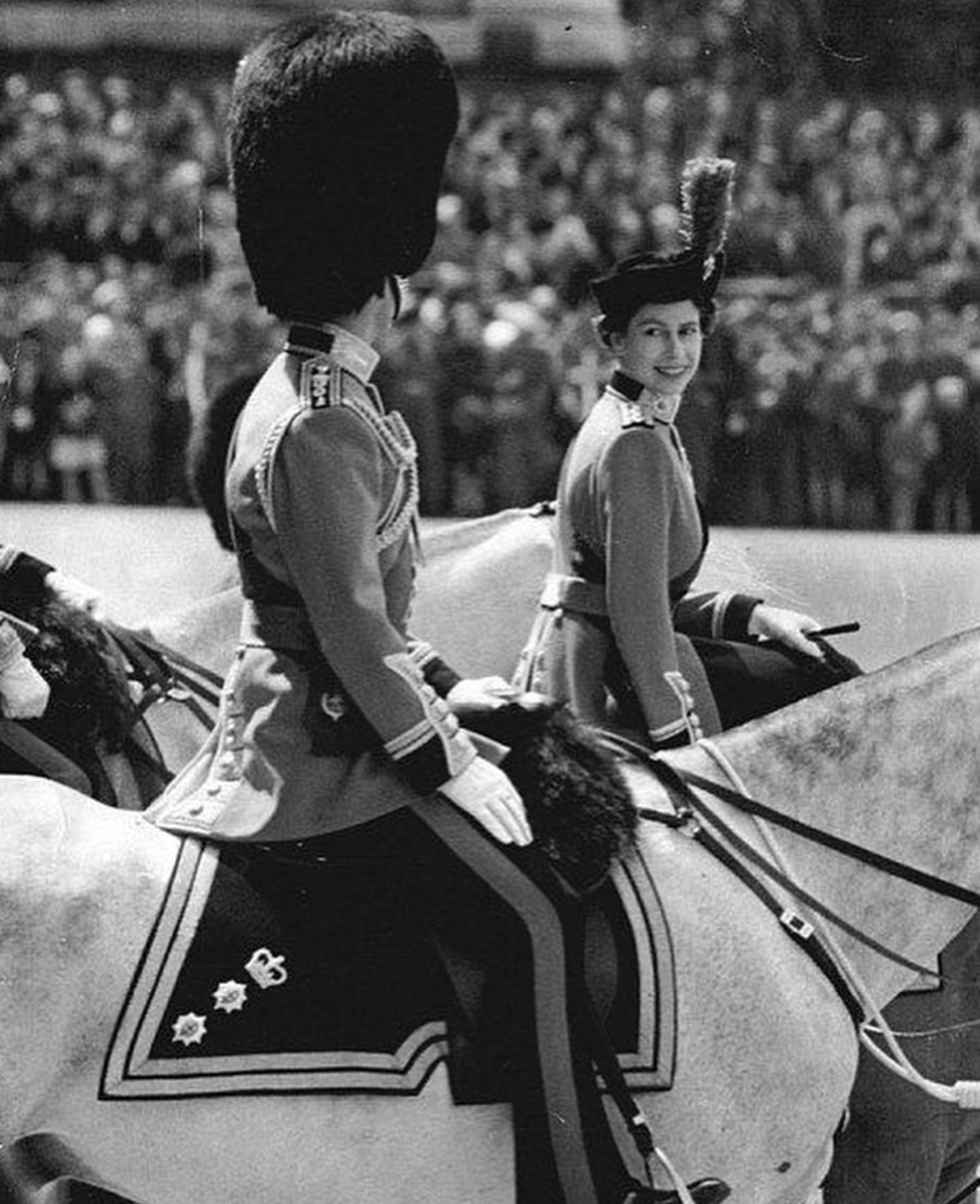
He was the longest-serving consort of a reigning British monarch and the longest-lived male member of the British royal family. He retired from his royal duties on 2 August 2017, aged 96, having completed 22,219 solo engagements and 5,493 speeches since 1952. Philip died on 9 April 2021, two months before his 100th birthday.
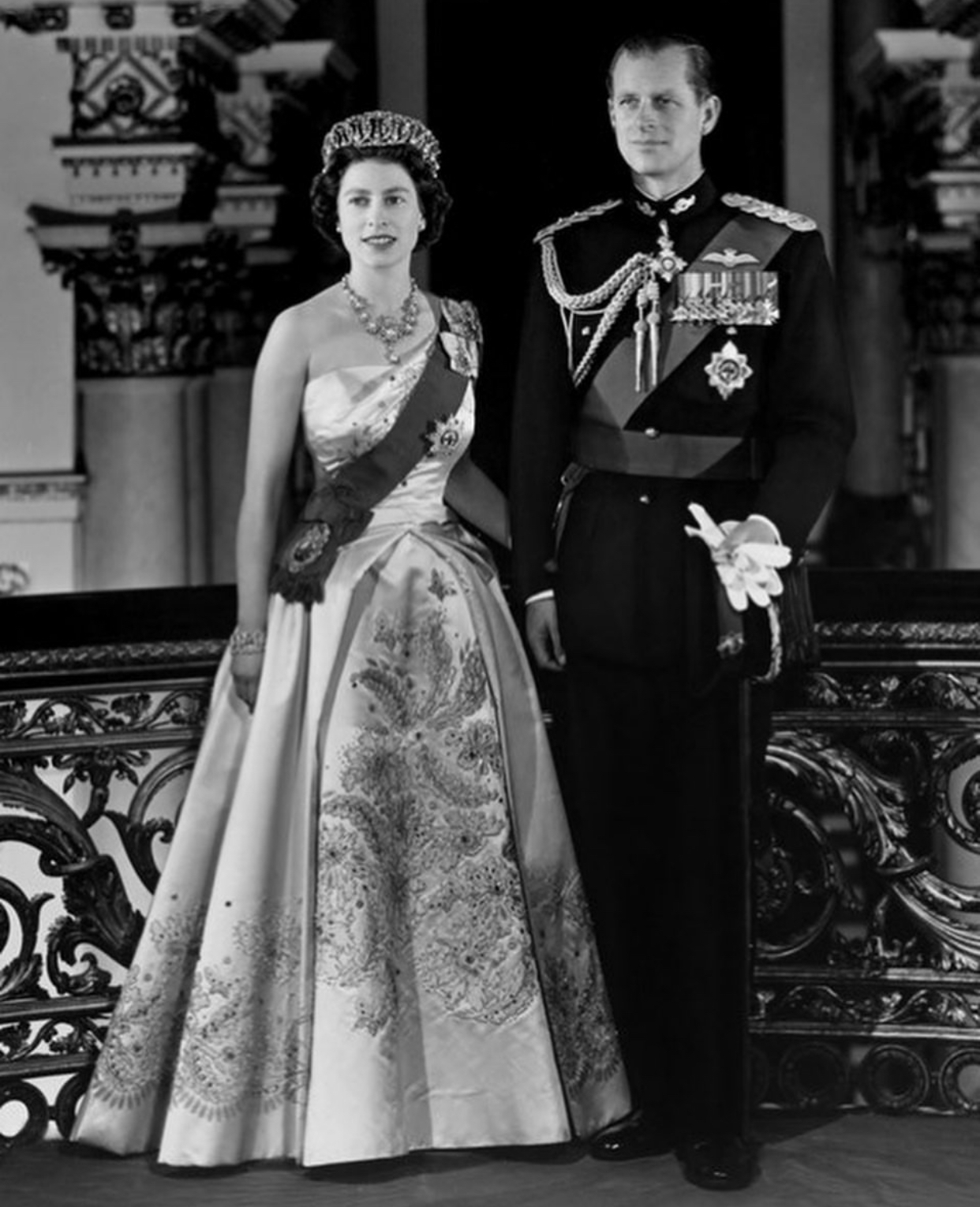
Pavlos, former Crown Prince of Greece,
for his uncle, Philip.
With deep sadness, but with the joy of reflecting upon a life lived through outstanding dedication and devotion to his country, family and, of course, to Her Majesty Queen Elizabeth II, my family and I remember HRH Prince Philip, Duke of Edinburgh. He was born Prince Philip of Greece and Denmark in Mon Repos, our home on the Island of Corfu, on 10th June 1921, the only son of Prince Andrew (Andreas) and Princess Alice of Greece.
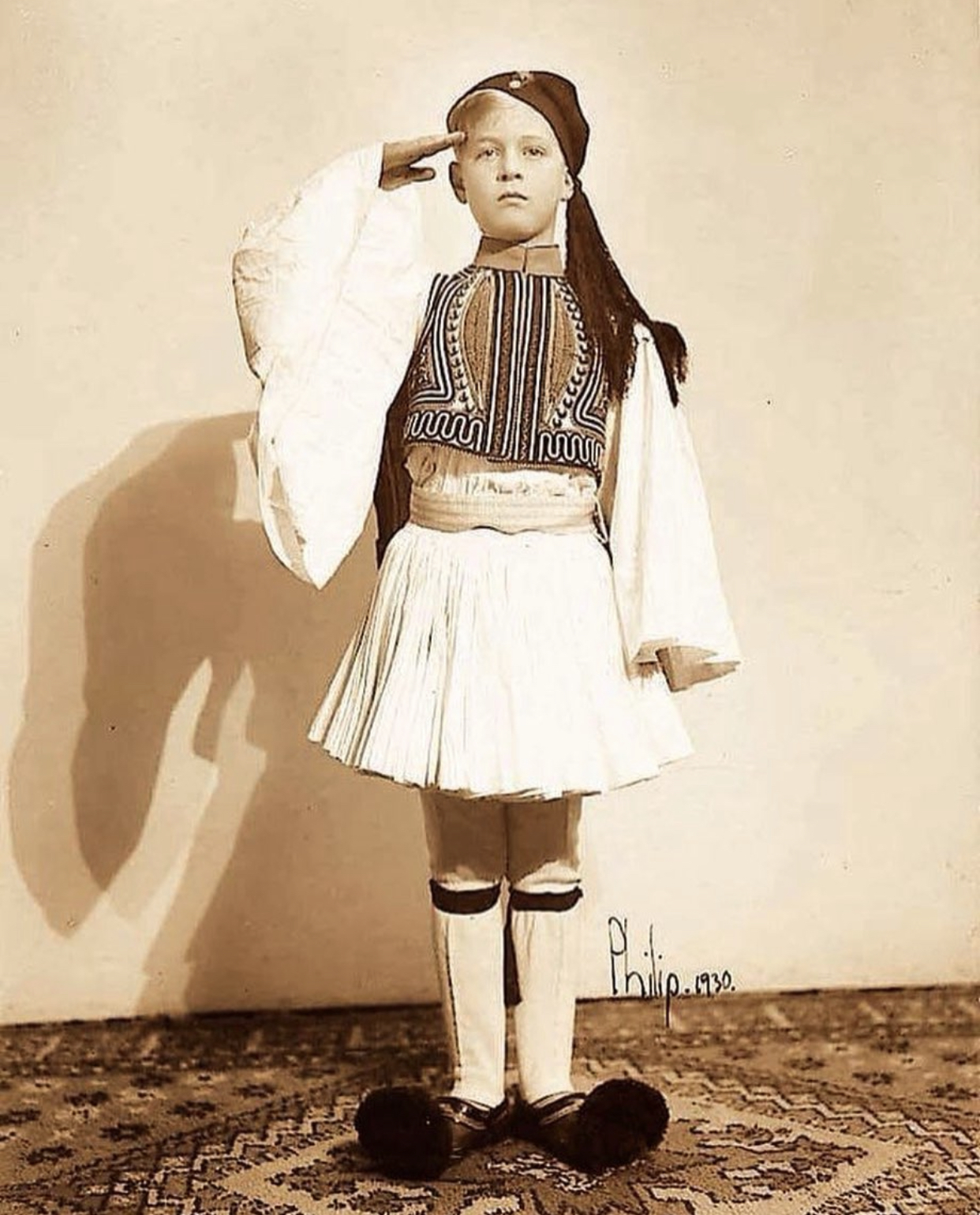
Prince Philip seen here in a rare photo at the age of 10 in his birthplace of Corfu in Greece. He wears an Evzone uniform , the distinctive Greek national costume, that Greek boys usually wear during the Greek Independence Day, 25th of March.
Uncle Philip, as he was known to us, has been a very loved member of the extended Greek family and of course a strong connection for us to Britain where my brother Philippos was born and given his name by my parents. As I reflect on his life, I feel immensely proud of him: of his bravery in World War II and of the way he overcame the challenges of exile in his formative early life. He was by any conceivable standard, the most remarkable servant to the Sovereign and to the United Kingdom, his adopted country, and to the Commonwealth. He was armed with the determination, compassion, vision and steadfast loyalty which were at the core of his ability to support the Queen in their united stability amidst the shifting tides of the past century and beyond. At the coronation he swore to be his wife’s “liege man of life and limb”, which he carried out unfalteringly, unquestioningly.
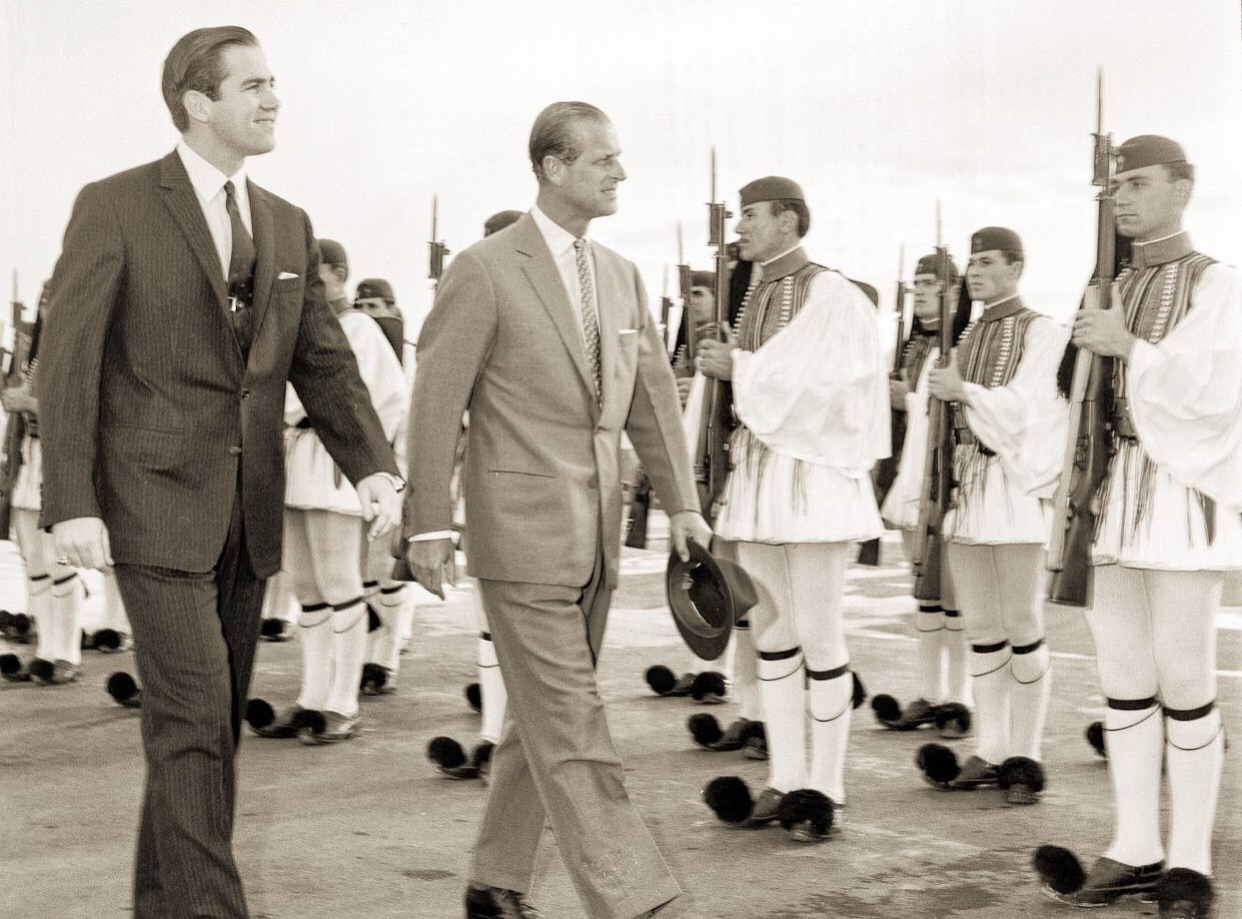
Taken on the 25th of March 1965 two members of the Greek dynasty of Glücksburg, King Constantine II of Greece and Prince Philip, Duke of Edinburgh review an honor guard of the Greek Royal Evzones Guard as the prince arrives at the Athens Airport for a brief visit as the guest of the Greek royal family. (AP Photo/Aristotle Saris, File)
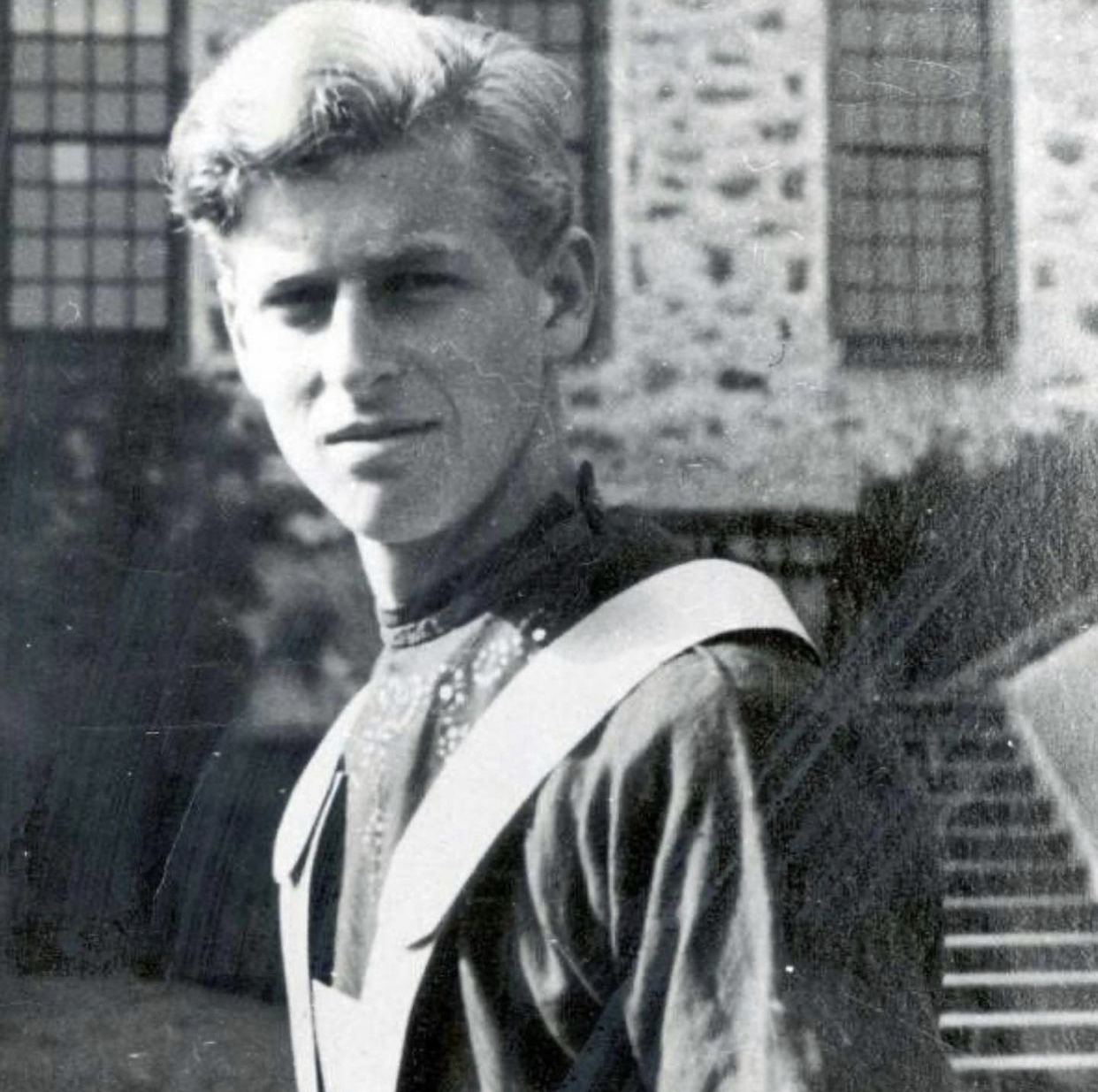
He will be remembered by over 700 organisations as President or Patron and for the Duke of Edinburgh Award that since 1956 has had 8million young participants. He took great pleasure in his relationship with the Armed forces and the life of the men and women serving them.
Prince Philip did not like to dwell on things: he was a doer, with great vigour and energy. It has been said that the life of the dead is placed into the memory of the living and this will be compellingly true of the memories of our time spent with him – the hilarity, the stories, the seemingly limitless interests – will always be treasured.
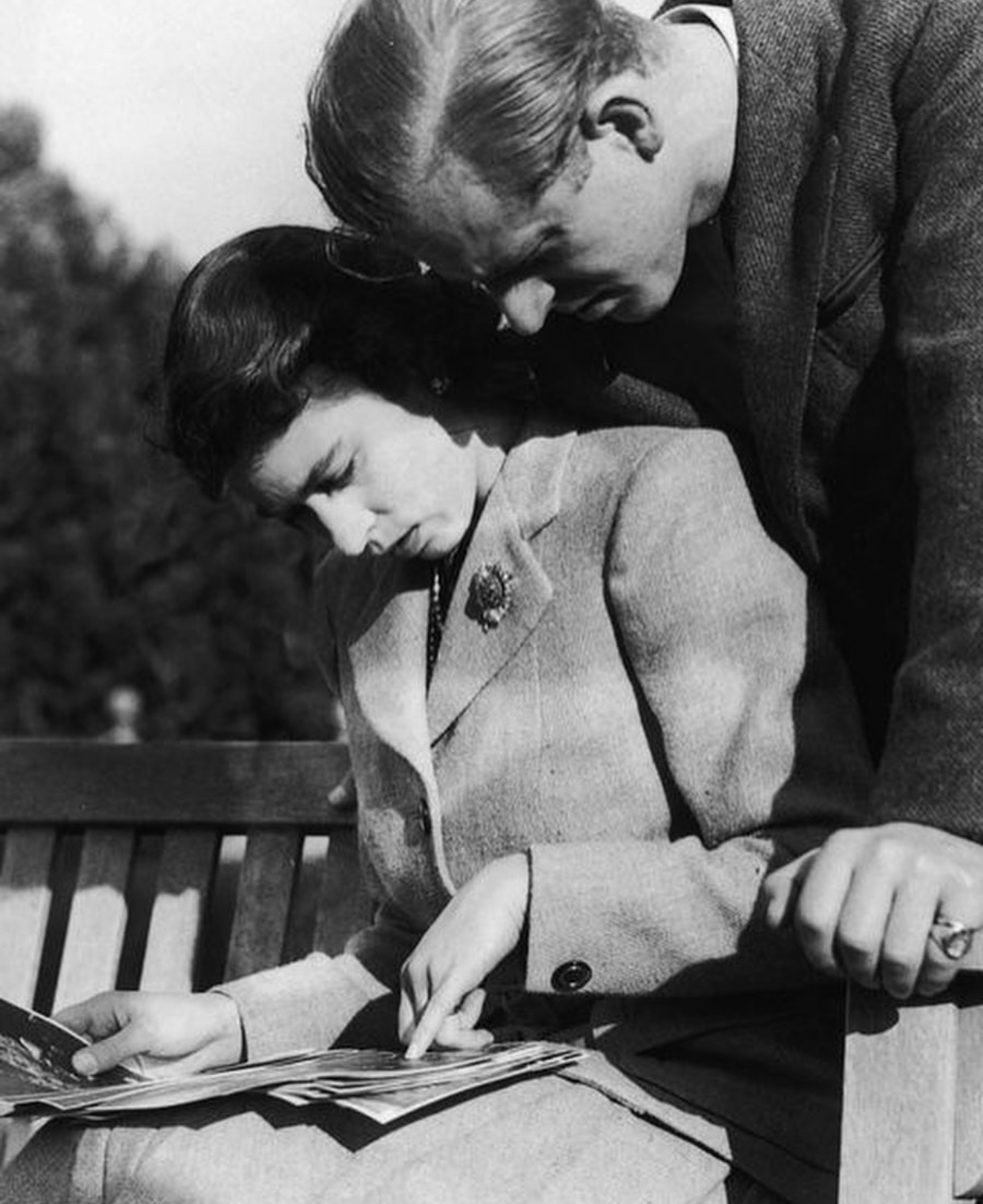
Our thoughts and prayers are today with HM Queen Elizabeth II and her own family, for whom the sense of loss will be very hard to bear; and yet I know that the joy of reflecting upon his extraordinary life will be a source of immense comfort and pride.
by PAVLOS former Crown Prince of Greece
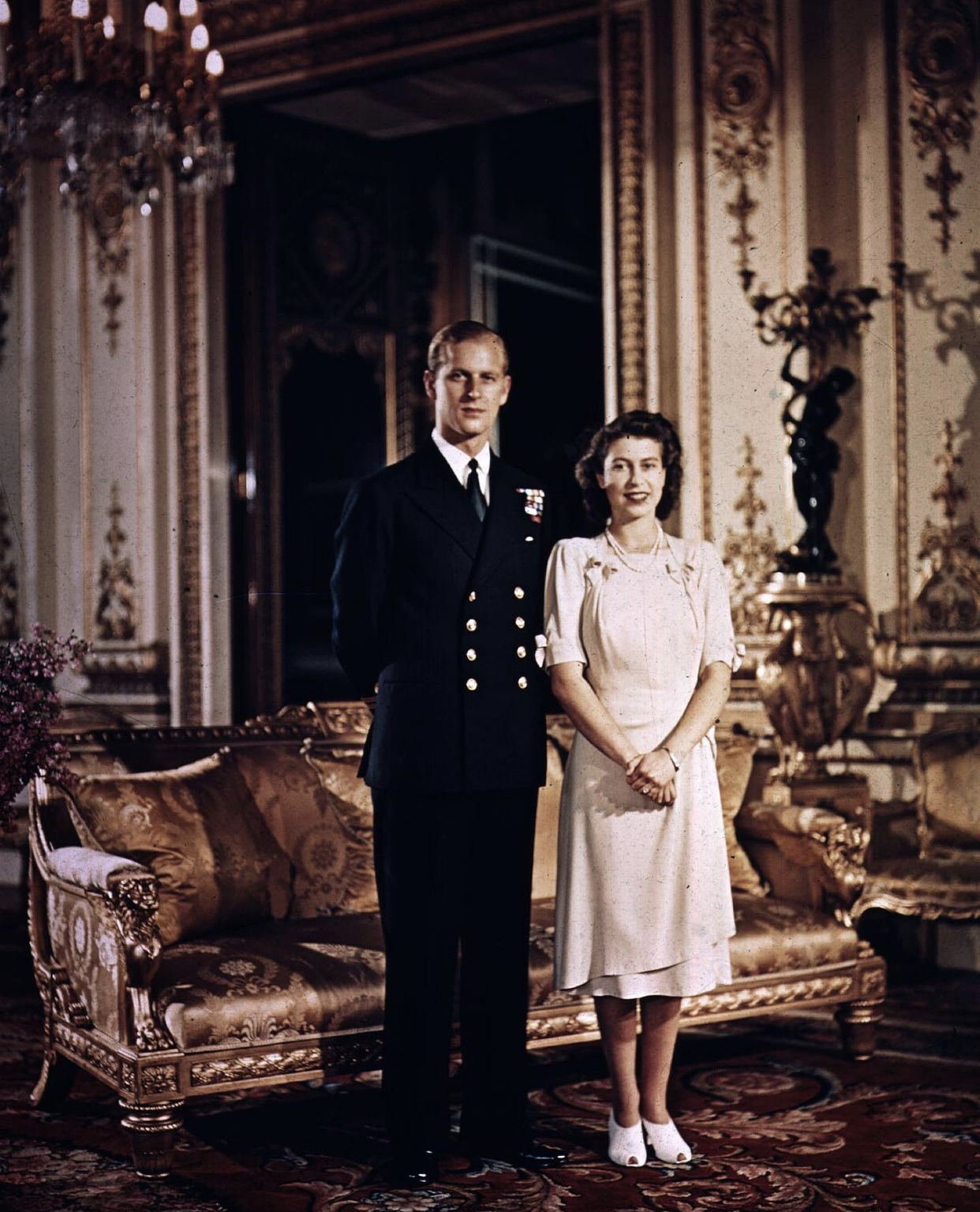
Prince Philip was the longest serving royal consort in British history, having been by the Queen’s side for more than 70 years. He was just months away from celebrating his 100th birthday in June.
British Vogue for the last Gentleman of Great Britain.
In a list of advice to young people published through his Duke of Edinburgh scheme last year, Prince Philip advised that we should “dress for ourselves and not others”.
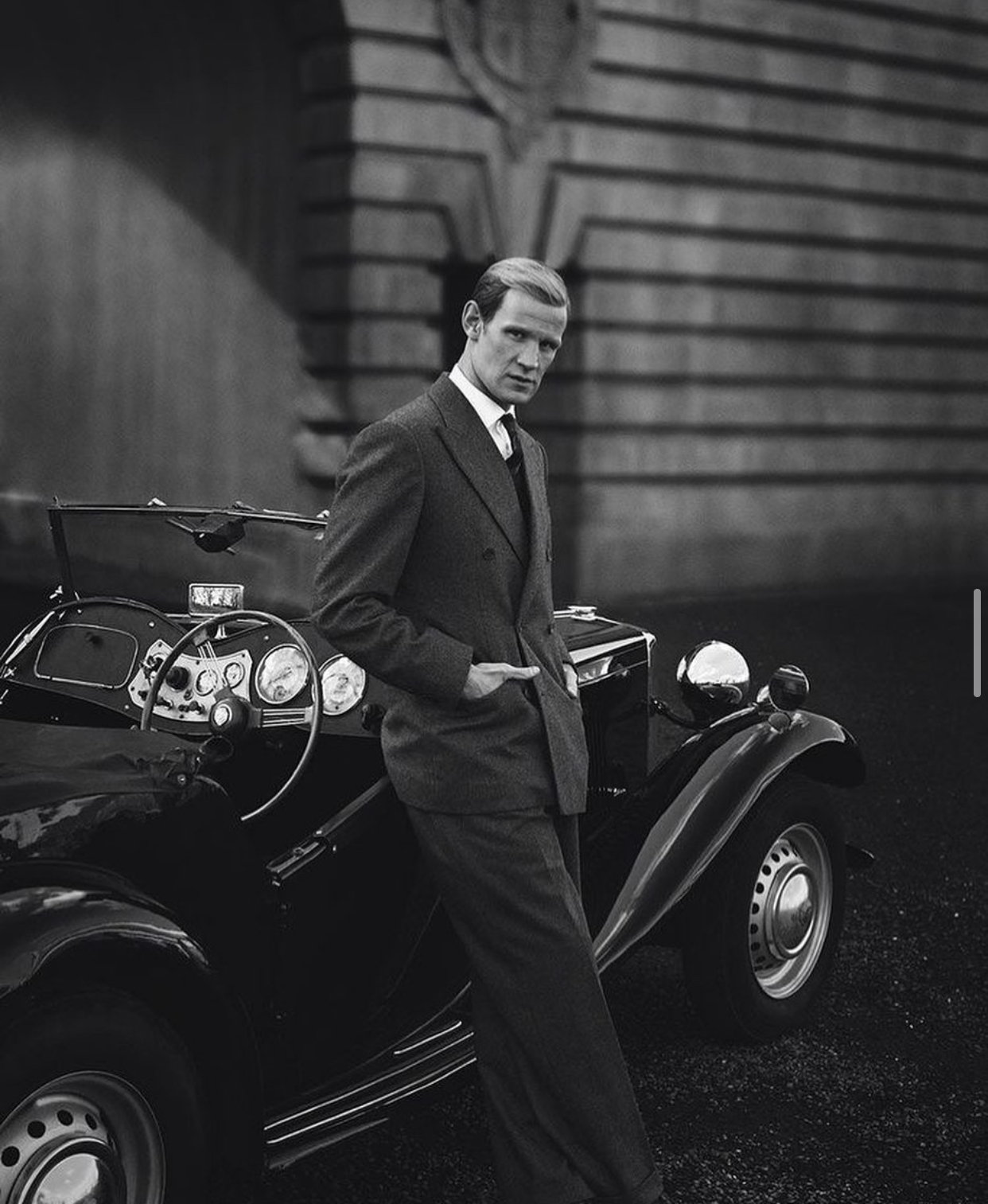
What a style…!
His own taste leant towards the timeless, and relied heavily on British greats: Turnbull & Asser for shirts, ties, and pocket squares, and tailoring from his long-term collaborator John Kent, of Kent, Haste & Lachter. Throughout his decades in service, the Duke remained a meticulous dresser in every sense. “The Duke of Edinburgh had that understated, English gentleman style that is completely timeless, embodying all the divine traits of Savile Row,” says Manolo Blahnik. “Whether he was in a suit or in uniform, he looked impeccable.”
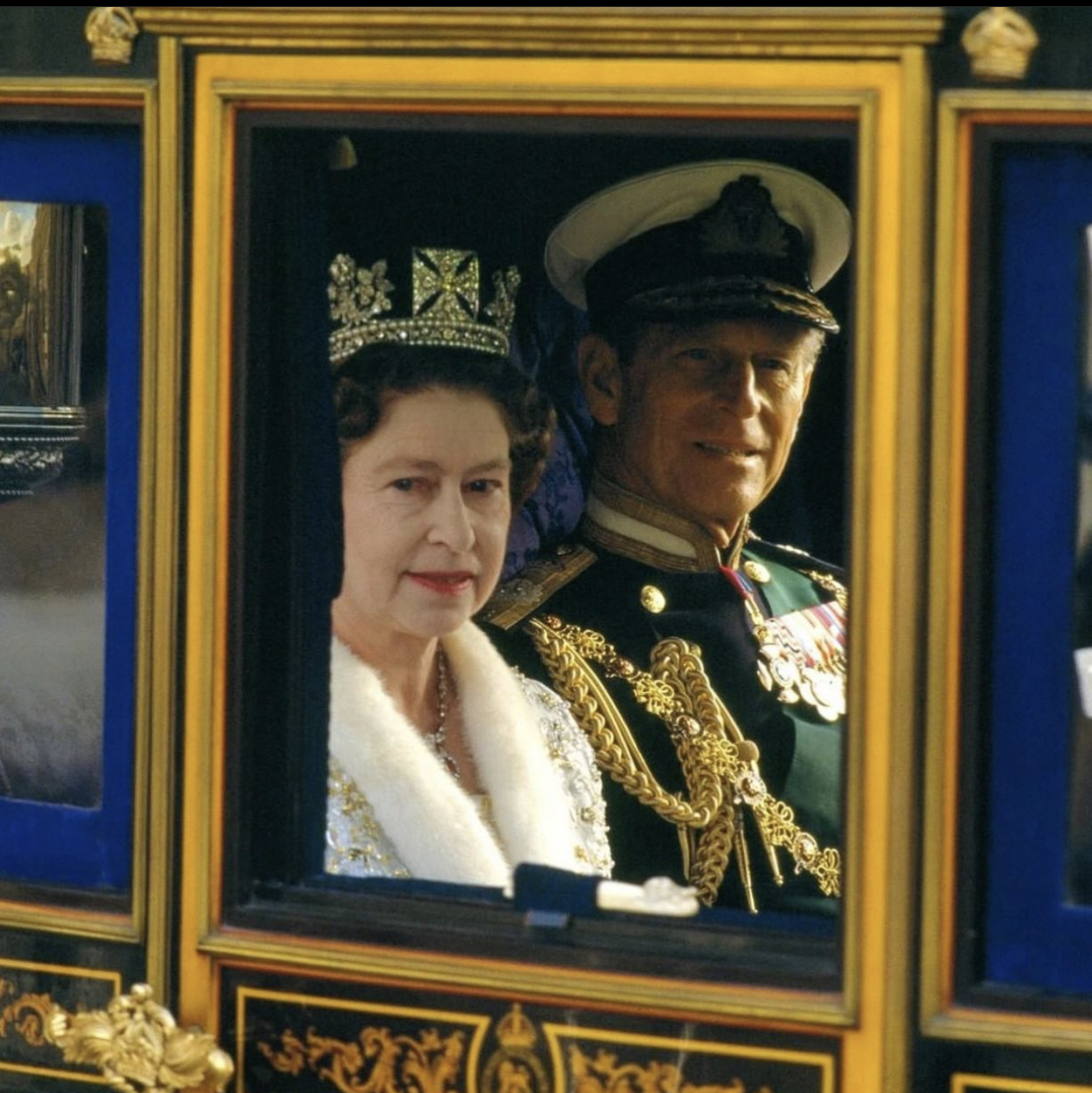
In fact, the Duke of Edinburgh’s style was always centred around a sense of appropriateness, and for more than 70 years he had to negotiate the hard compromise of dressing for both himself and for duty as the Queen’s consort. “When he stood very discreetly behind the Queen, he was always very formal, wearing beautiful shirts and ties that complemented his look,” says Edward Sexton, the Savile Row tailor who has made suits for everyone from John Lennon to Harry Styles. “He was there to complement what the Queen wore; it was about the colour of her dress and hat, so his hands were tied in certain respects, except when he was out at the weekend and could be very flamboyant.”
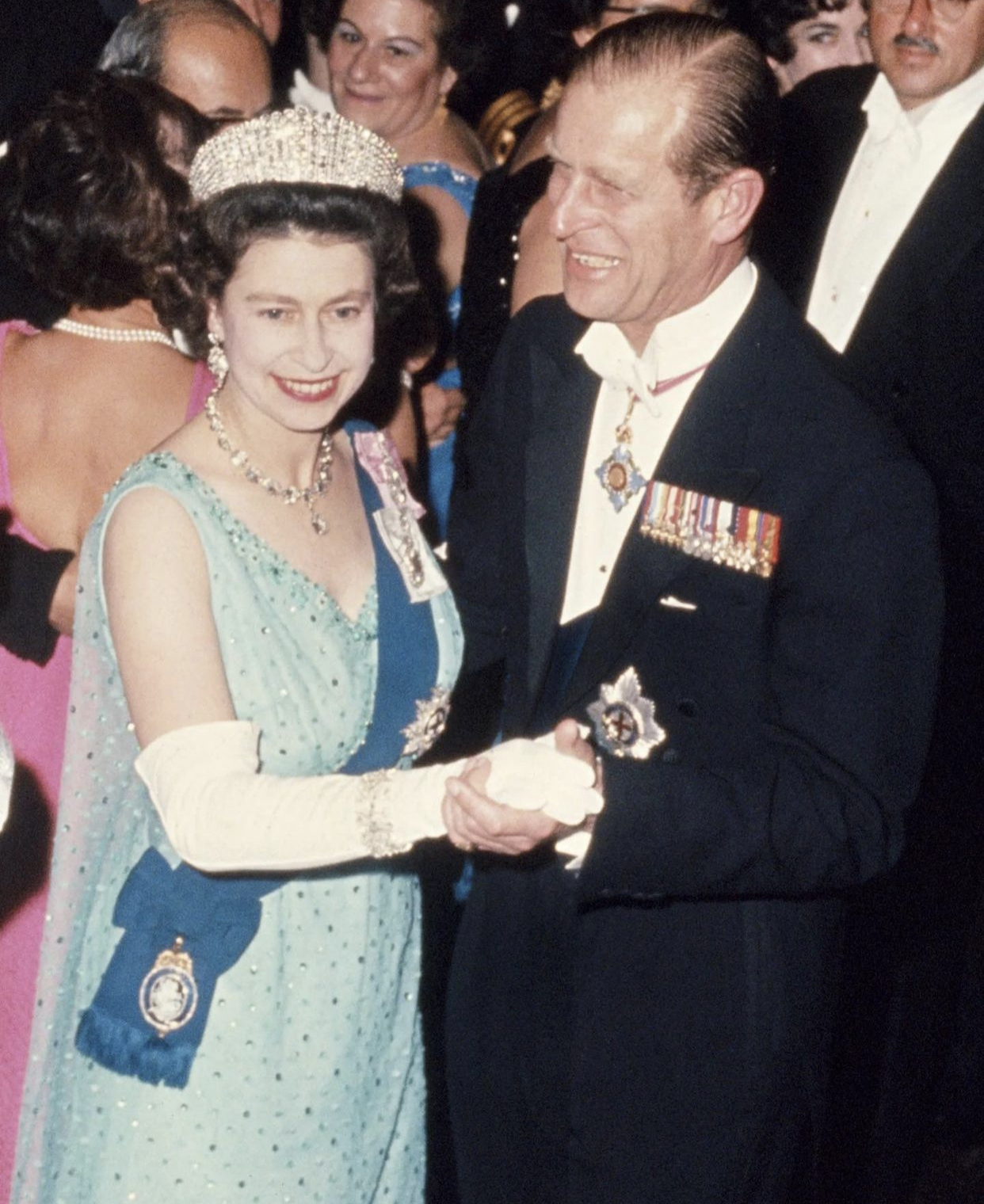
The initial details of Prince Philip’s funeral have been announced, including that it will take place on Saturday 17th April and be televised. The late royal “passed away peacefully” at Windsor Castle at the age of 99, the royal family confirmed yesterday.
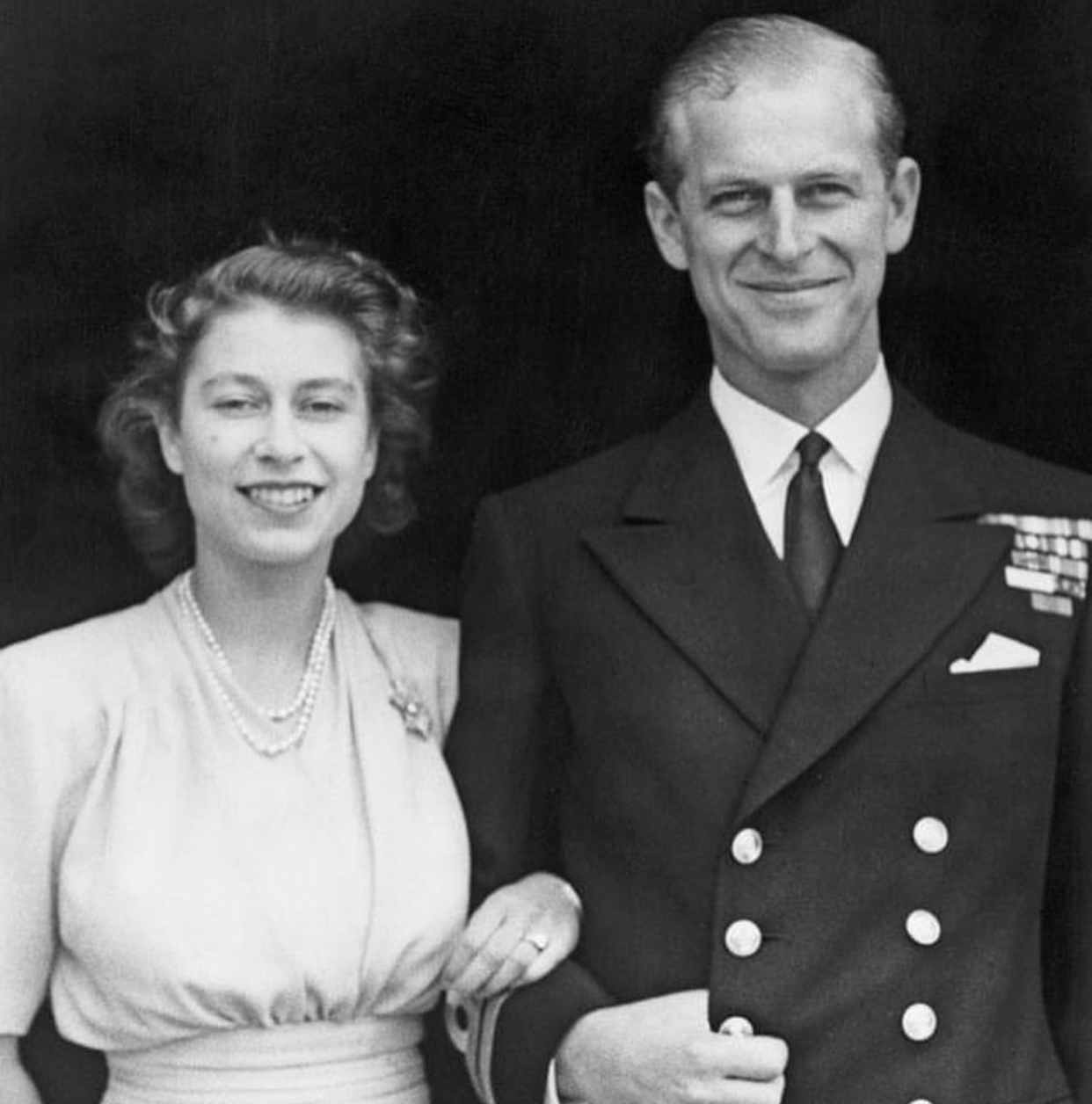
Palace officials have confirmed that Philip will have a royal ceremonial funeral – rather than a grand State funeral – but that it will be a much more intimate affair than was originally planned; partly due to his personal wishes for it to be simple, but also due to Covid health and safety restrictions. Buckingham Palace has confirmed that they will stick to current pandemic guidelines, which only permits 30 guests. Members of the public have been asked not to attempt to attend.
Prince William has written a heartfelt tribute to Prince Philip, who died peacefully at Windsor Castle on Friday. He was 99 years old.

He described his “grandpa” as an “extraordinary man”, and praised his “infectious sense of adventure as well as his mischievous sense of humour”.
The Duke of Cambridge shared a message via the official Kensington Royal social media accounts, accompanied by a sweet photograph of Prince Philip with William’s eldest child, Prince George.
“I feel lucky to have not just had his example to guide me, but his enduring presence well into my own adult life – both through good times and the hardest days,” he wrote. “I will always be grateful that my wife had so many years to get to know my grandfather and for the kindness he showed her. I will never take for granted the special memories my children will always have of their great-grandpa coming to collect them in his carriage and seeing for themselves his infectious sense of adventure as well as his mischievous sense of humour!”
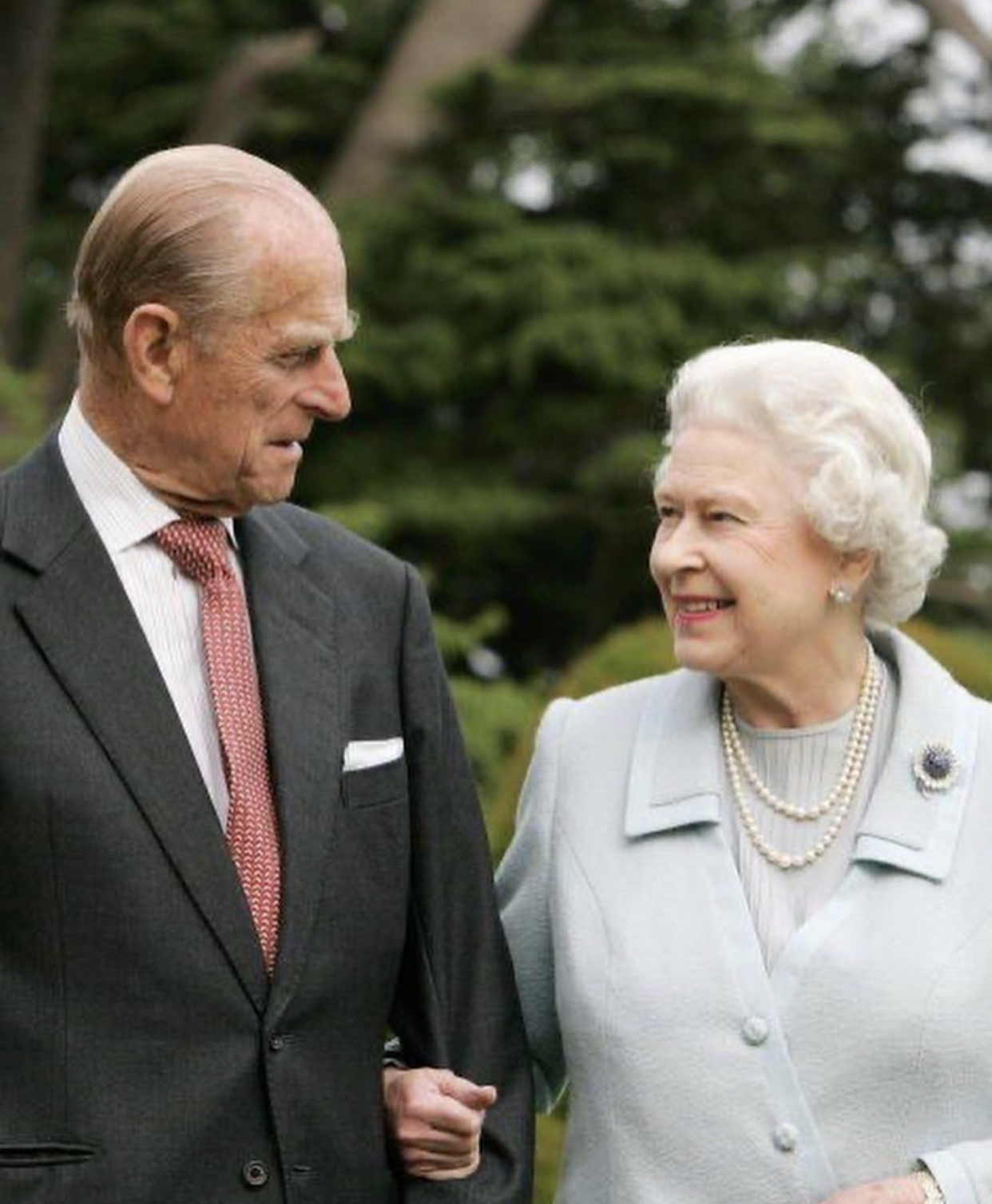
My heart goes out to Her Majesty the Queen who lost yesterday the love of her life after almost 74 years together.
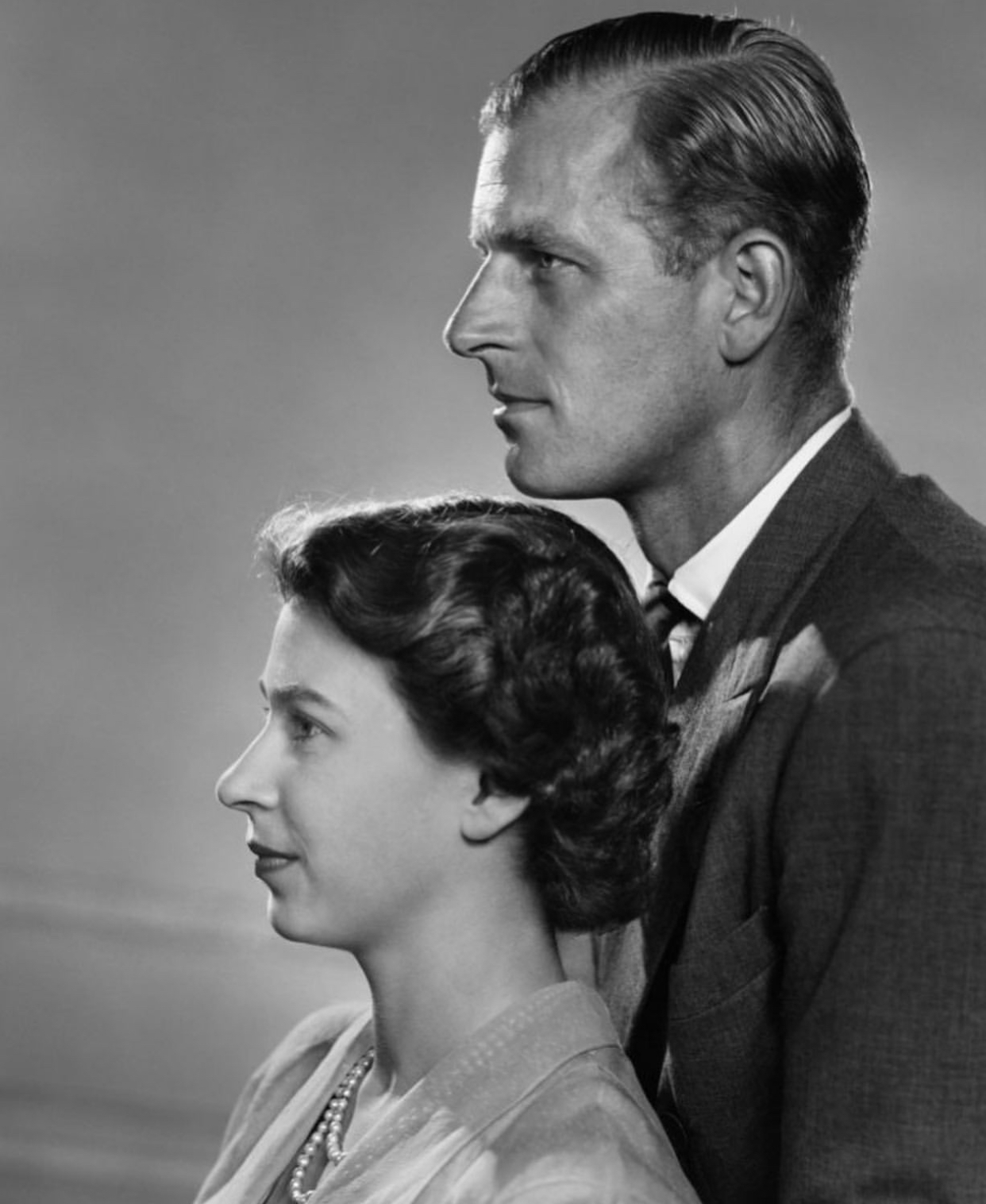
They were an amazing couple…


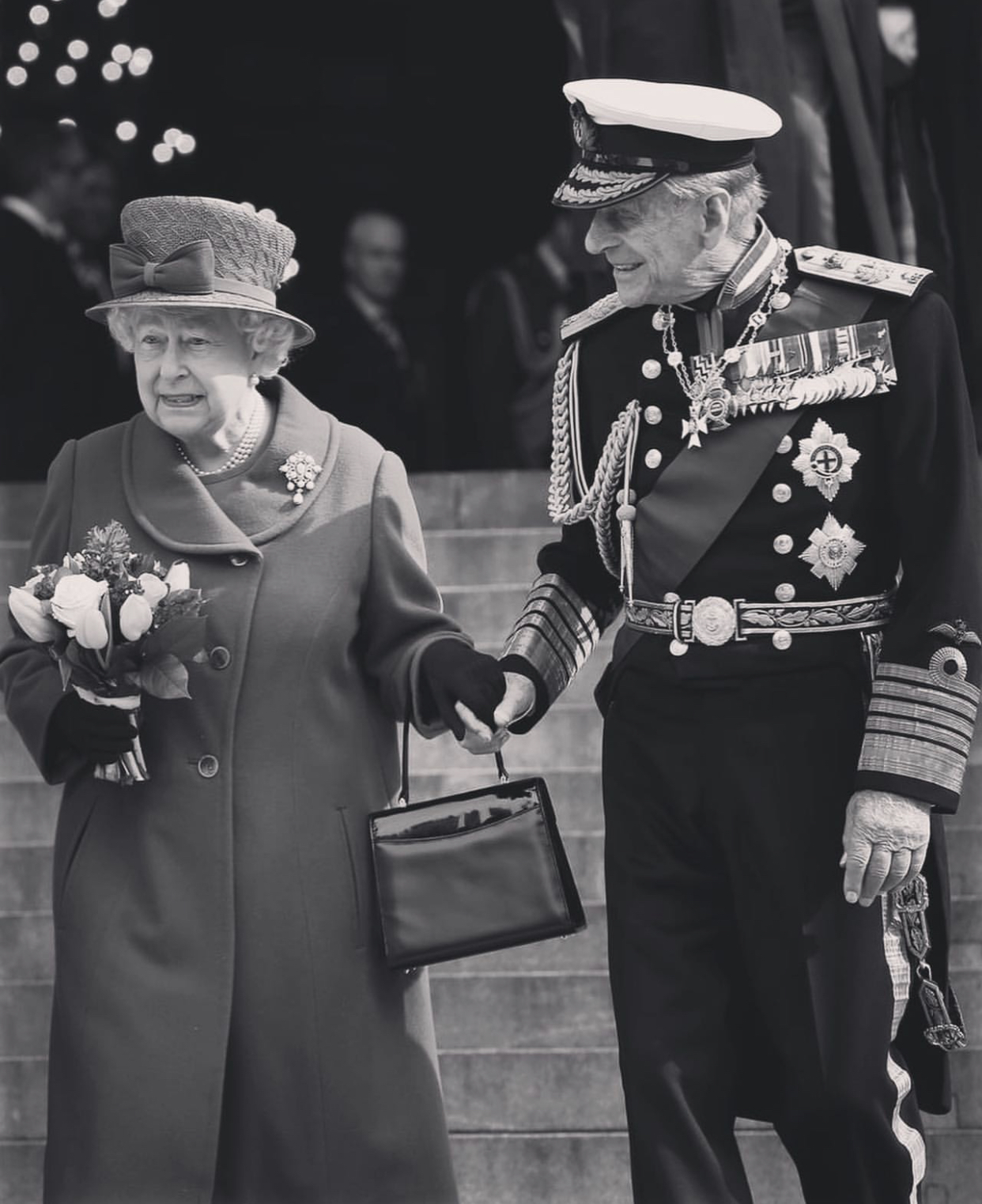
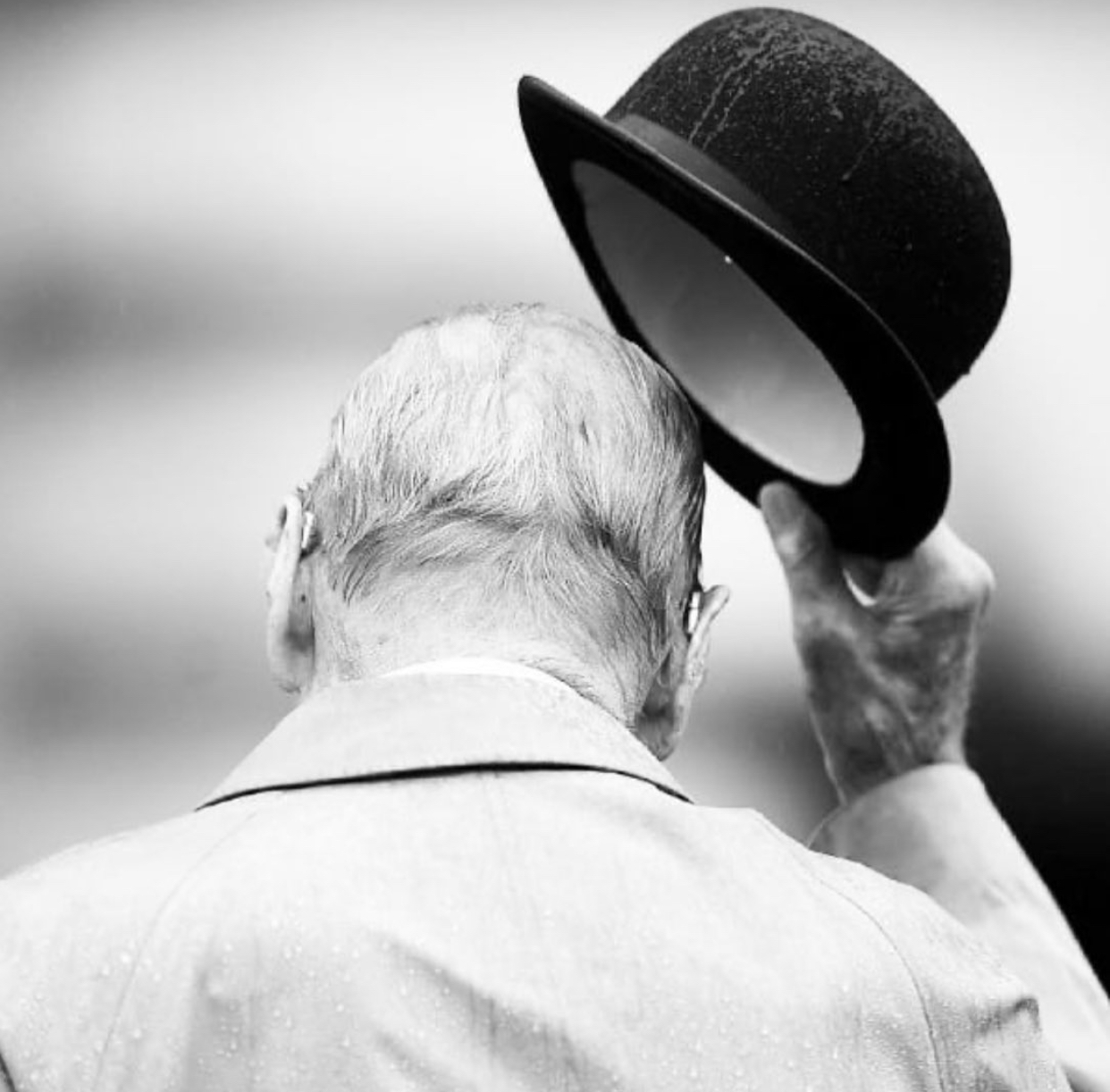
Our deepest and sincere condolences to Her Majestry The Queen, the Royal family and the people of the United Kingdom.
By Georgia Papadon & team


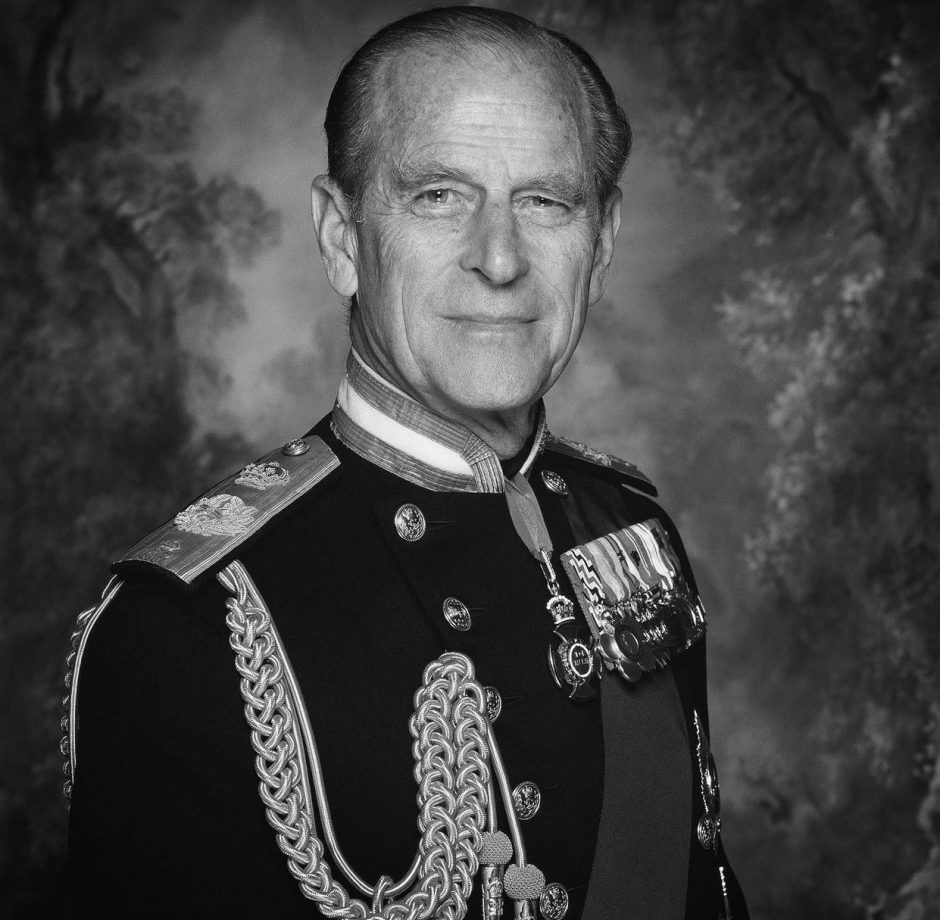
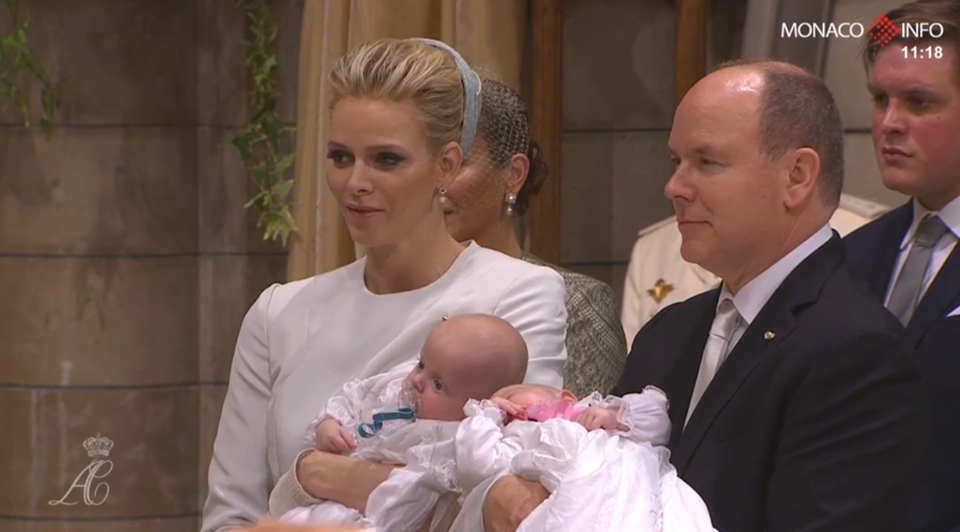
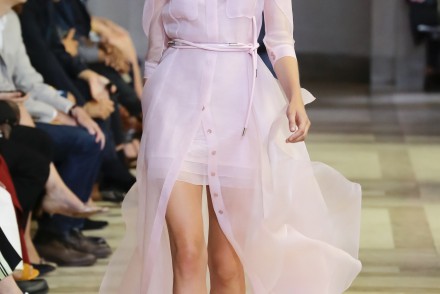

No Comments